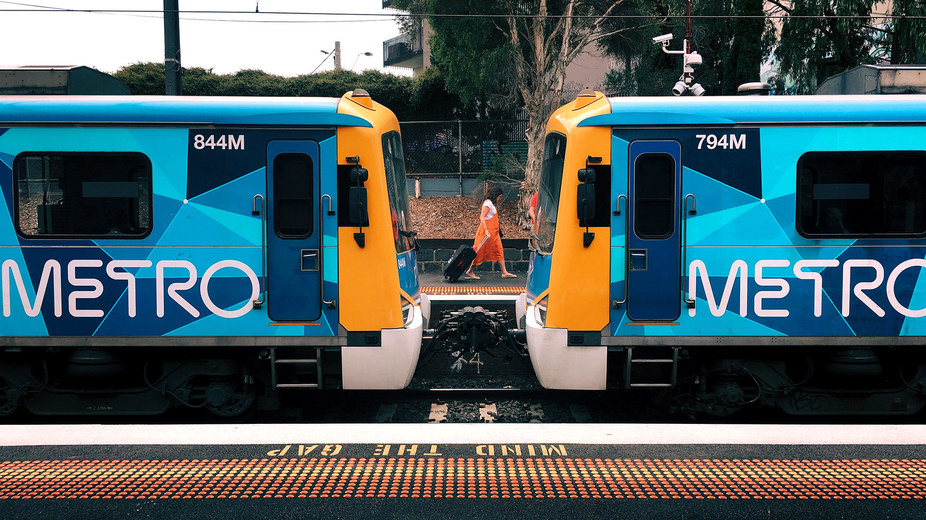VicTrack is a state-owned business delivering transport infrastructure for Victoria, including new stations, station upgrades, bridges and other assets.
VicTrack also owns and manages the telecommunications network that underpins transport across Victoria. Ventia was engaged by VicTrack in August 2014 to construct the first of six telecommunications shelters that would hold all civil, electrical and mechanical works/materials.
These shelters are critical for VicTrack as they support all signals that are used to run the train network. A key requirement was to construct the shelters to an R (thermal resistance) rating of 10 - an extremely high rating considering most residential roof ratings are built to an R rating of 3.5. The site is a key communications hub within Victrack's telecommunications network and also operates as the fail-over site for Victrack's data centres. The facility is constructed from concrete with Kingspan cladding to provide the highest levels of thermal performance and fire resistance.
Works at the site include:
- Construction of the telecommunications hut including all civil, electrical and mechanical works
- Installation of conduits (both power and communications)
- Construction of raft slab with poly foam for R rating value
- 140mm core filled blockwork with appropriate R rating
- 180mm suspended slab
- 200mm Kingspan insulation roof
- 100mm Kingspan insulation for the walls.
- The VicTrack project involved substantial digging for services as fibre optic cable and other unknown services covered a vast area of the site. We followed VicTrack's strict policy in relation to finding these services which involved hand digging to locate the services before manually digging with machines.
- To ensure the highest standards, the team used highly skilled, experienced personnel to undertake the work and monitor at all times. This ensured a high quality, safe outcome for both the project and the client.
Traffic management was also a key focus during the project as there was extremely high access in and out of the busy car park site. The team rolled out a traffic management plan to ensure the safety of personnel external to site. This included using spotters at all times and coordinating the trucks so that those with heavy loads came to site when the car park was less busy. The end result was no incidents on site and no safety breaches in relation to traffic movements.
